This month, the U.S. military initiated targeted strikes against Iranian-backed militia targets in Syria, targeting nine sites in two locations. A growing number of attacks on U.S. personnel in the area prompted the strikes. In fact, countless service members have been injured in more than 170 attacks by Iranian-aligned militias against US soldiers in Iraq and Syria since October 2023. According to the Pentagon, the action was a required response to safeguard American personnel while upholding their mission to stop ISIS from resurrecting in the area.
An Escalating Situation
The November strikes represent the latest chapter in an increasingly volatile situation involving U.S. forces and Iranian proxies in Syria. American troops, numbering around 900 and primarily focused on counter-ISIS operations, have faced persistent threats from militia groups emboldened by the wider regional conflict. These Iranian-backed groups have targeted American military locations in Iraq and Syria using a range of strategies, including drone and rocket attacks.
With militant groups utilizing the U.S. military presence as a pressure point in the larger regional power struggle, the spike in hostile activities seems to be directly related to American backing for Israel after the October 7 Hamas strikes. American forces have remained in their posts despite the dangers because they believe that their presence is essential to stopping ISIS from regaining ground in areas that were previously controlled by the terrorist organization. Military leaders have been forced to strike a compromise between their counter-ISIS objective and force protection measures as a result of the ongoing attacks.
The Balanced Response
The Pentagon's decision to strike nine specific targets reflected a calculated approach to degrading militia capabilities while avoiding broader escalation. The selected sites included weapons storage facilities and operational bases used by groups affiliated with Iran's Islamic Revolutionary Guard Corps, chosen for their strategic importance to militia operations.
General Michael Erik Kurilla, commander of U.S. Central Command, emphasized that the strikes were specifically designed to degrade the militias' ability to plan and execute future attacks on American forces. The operation built upon previous U.S. responses, including a significant campaign in February 2024 that targeted over 85 sites linked to IRGC-affiliated groups. Military planners carefully selected targets to send a clear message while minimizing the risk of unintended casualties or regional escalation.
Regional Implications
Tehran has established a network of proxy forces to increase its regional authority, and the strikes reflect Iran's influence in Syria and Iraq. These militias have several uses in Iran's policy, acting as pressure against US interests and supporting broader Iranian goals in the area. Especially in light of the Israel-Hamas conflict, the current escalation shows how easily small disputes may become linked with more significant geopolitical concerns.
Despite international pressure and U.S. military measures, Iran's persistent support for these extremist groups shows just how difficult it is to protect American interests and soldiers while averting wider regional conflict. There is now a fine line to be drawn between military escalation and the continued presence and safety of American troops.
U.S. soldiers are faced with the difficult task of preventing Iranian-backed aggression without starting a wider conflict as they continue their counter-ISIS campaign. Although it is unclear if these strikes will be effective in preventing such attacks in the future, they make it abundantly evident that the US is prepared to act forcefully in response to threats against its citizens.



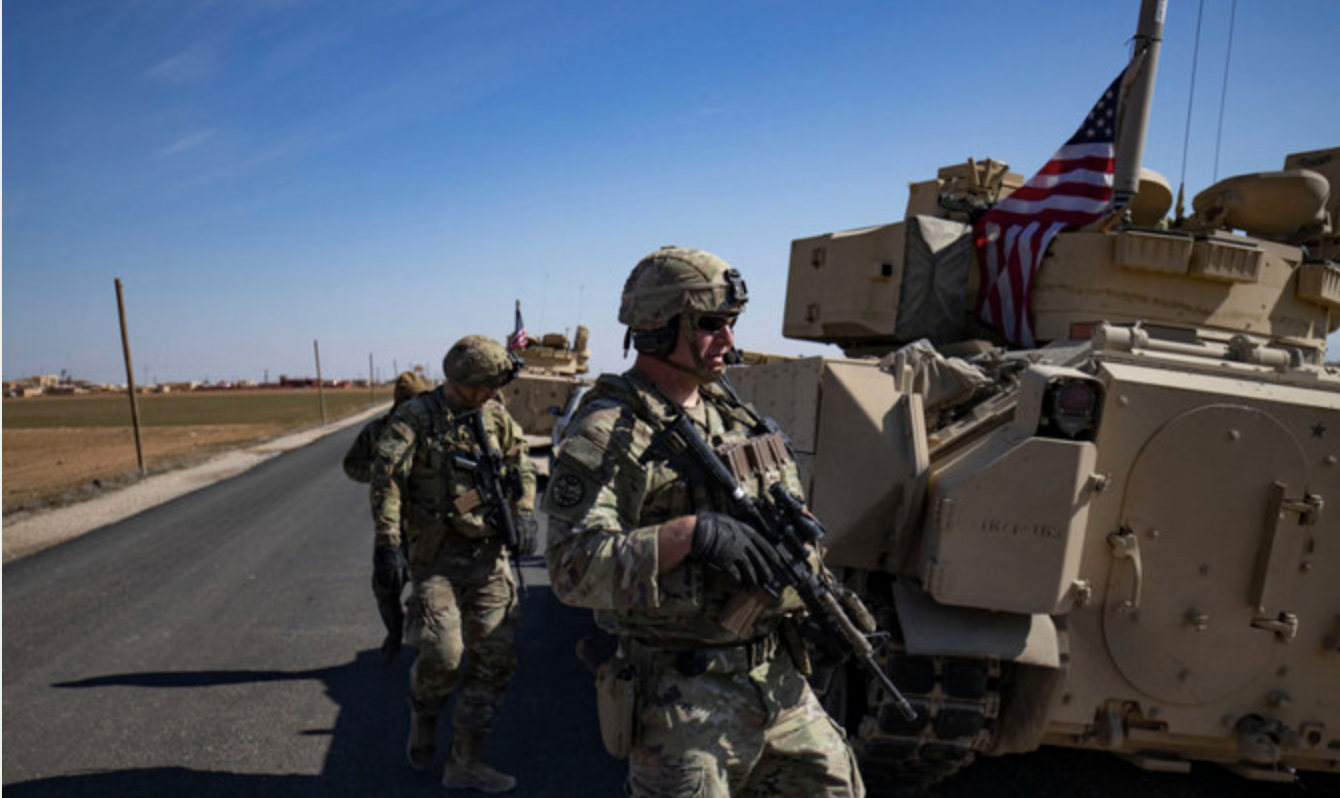
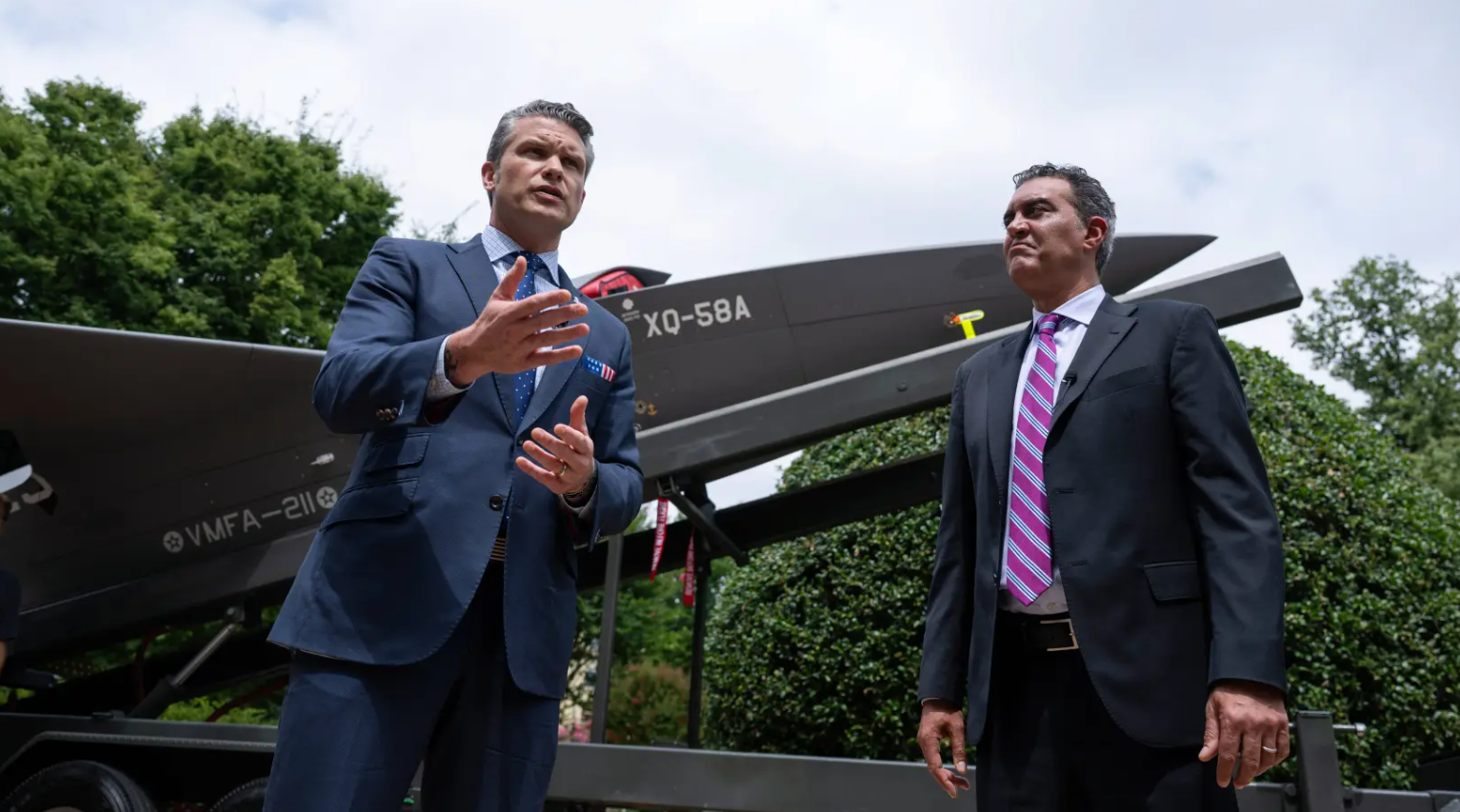



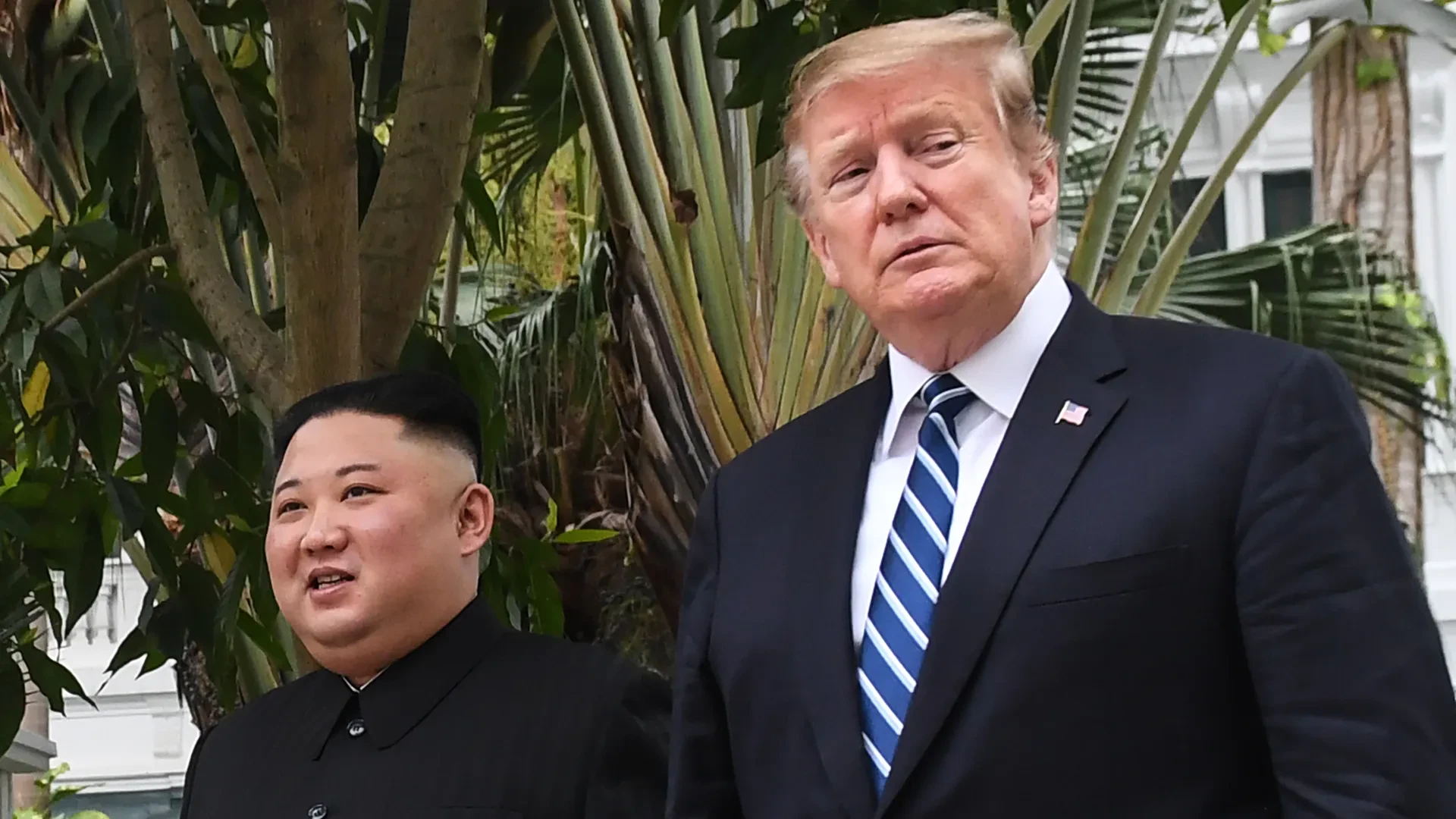
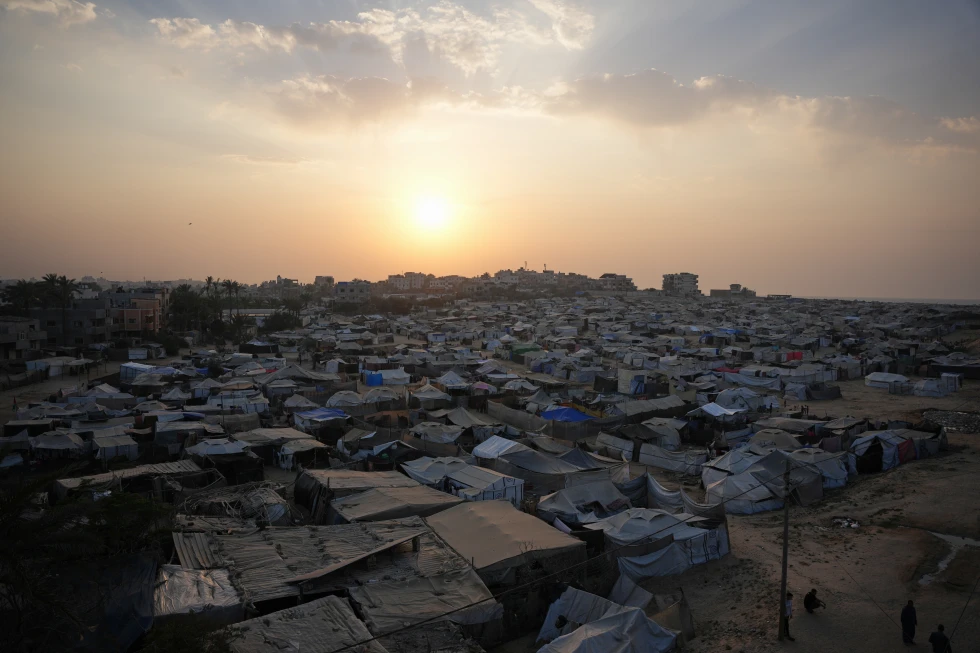
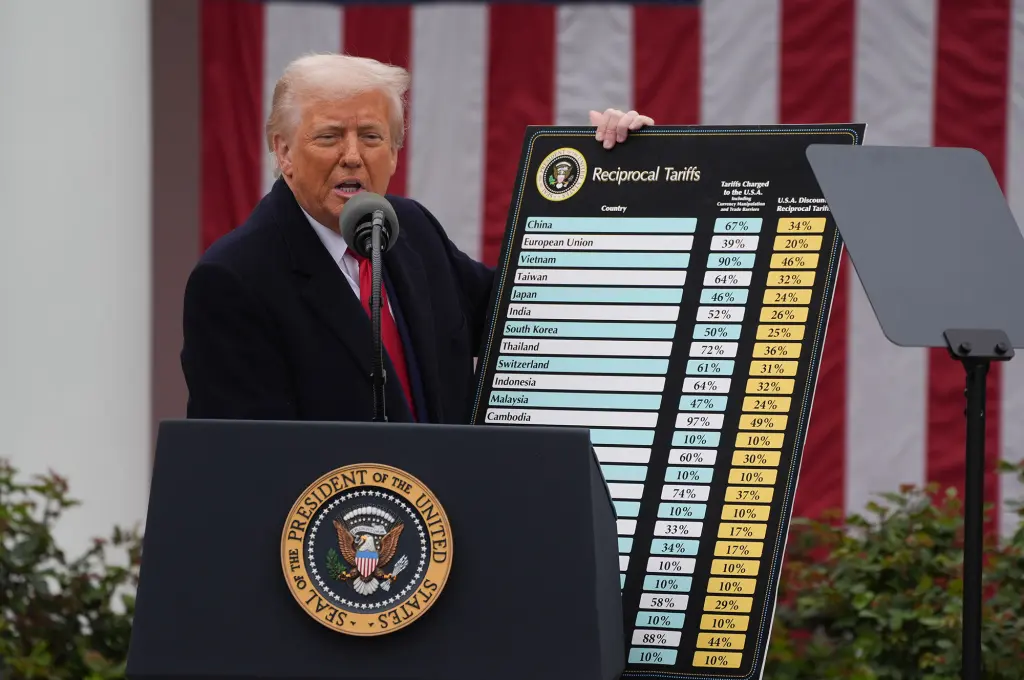

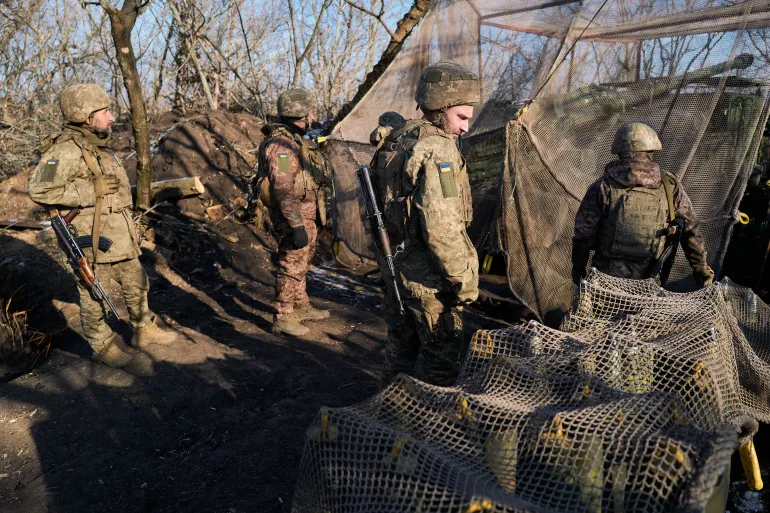

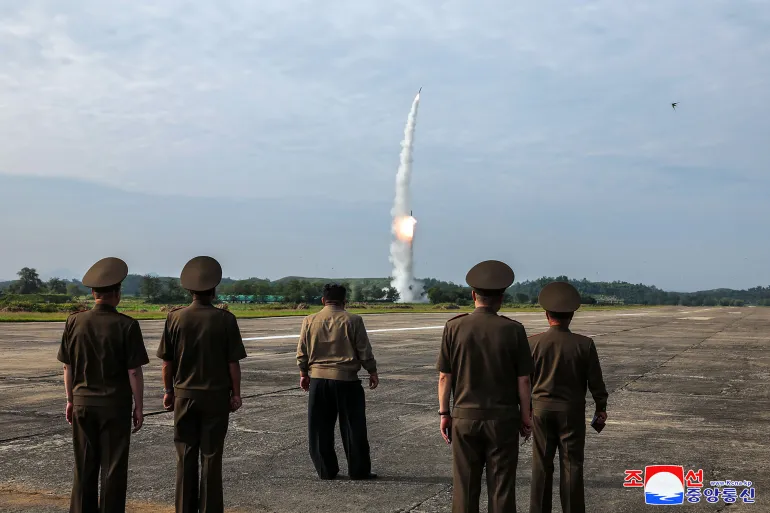

Discussion